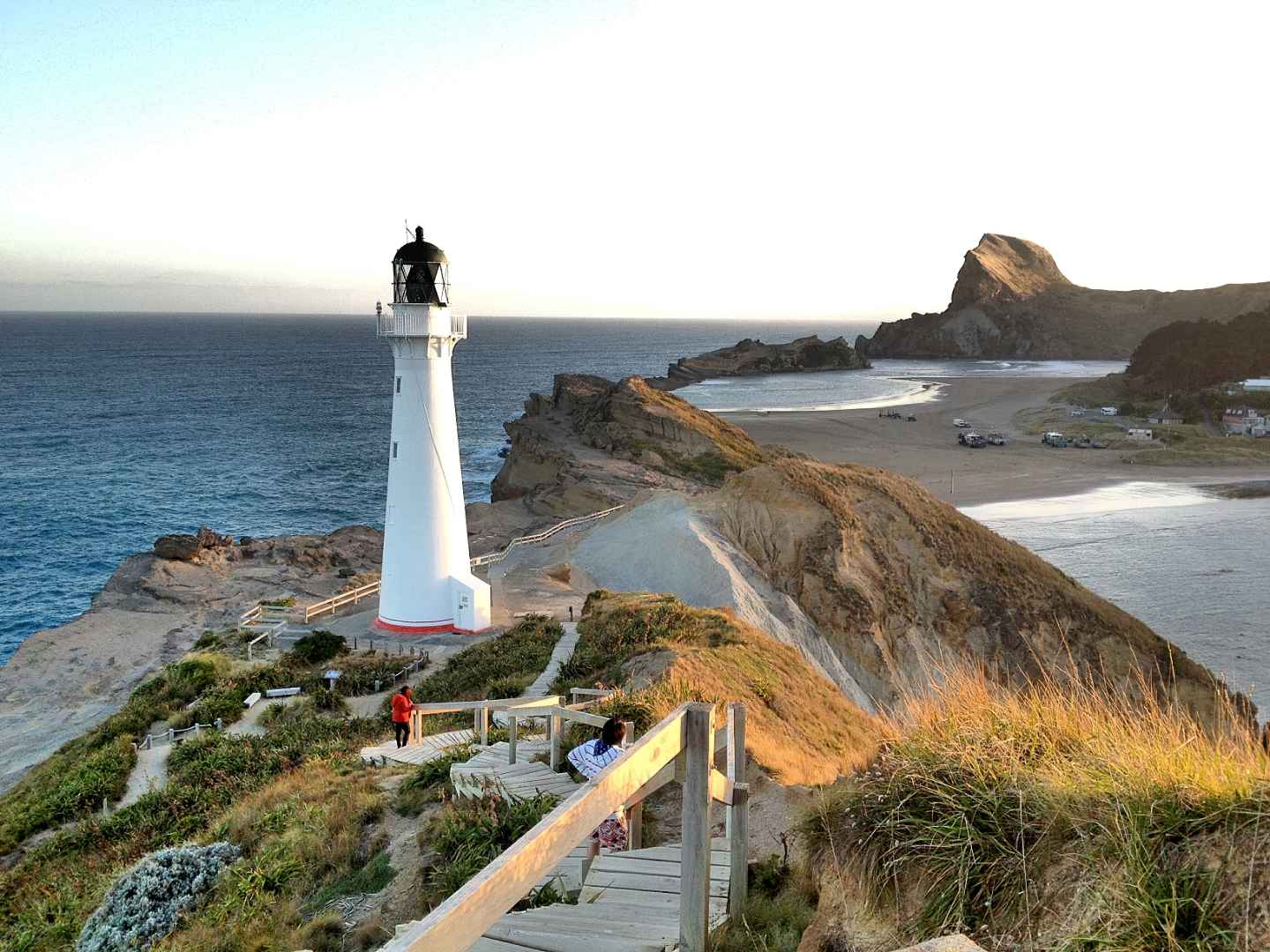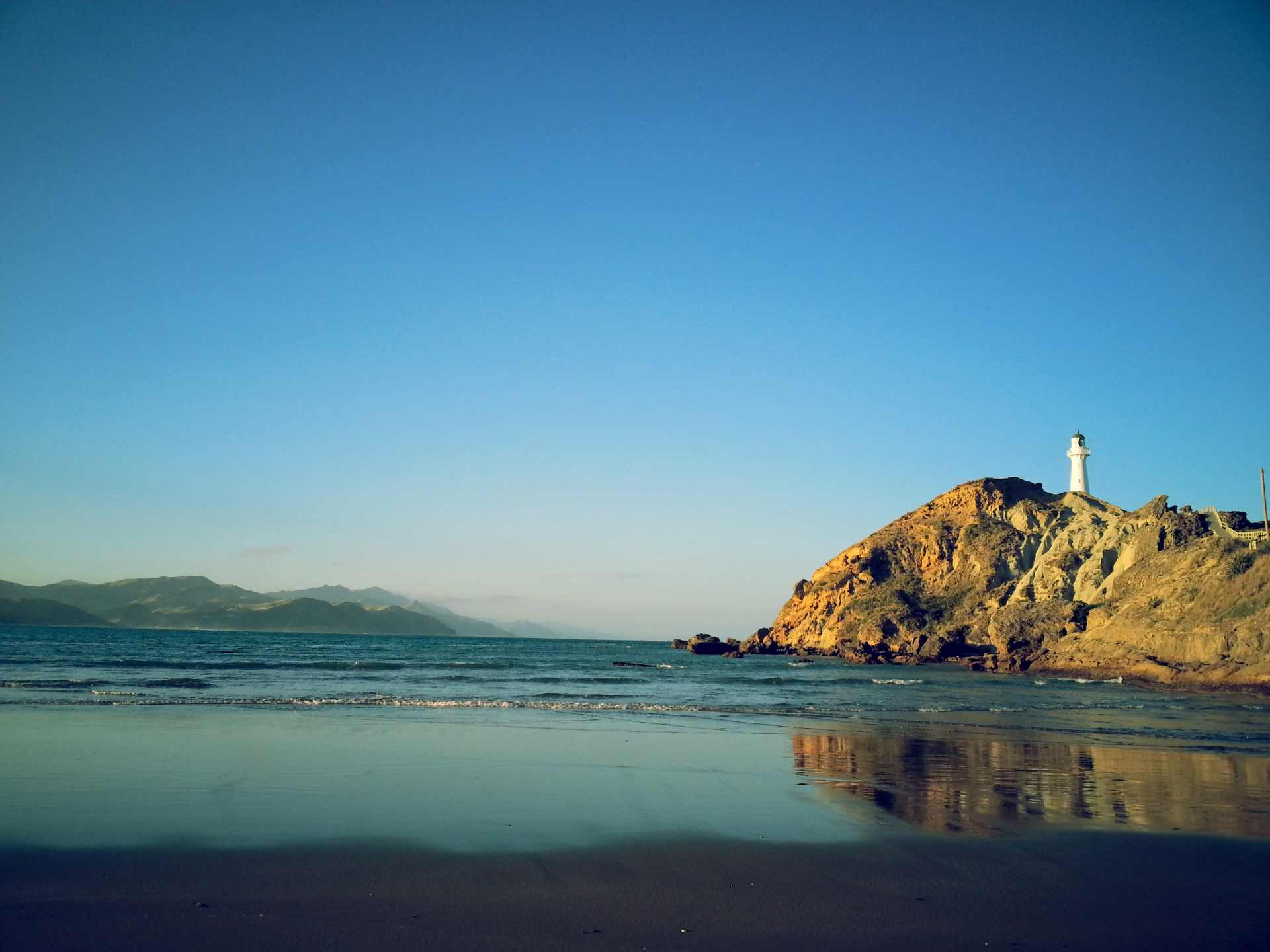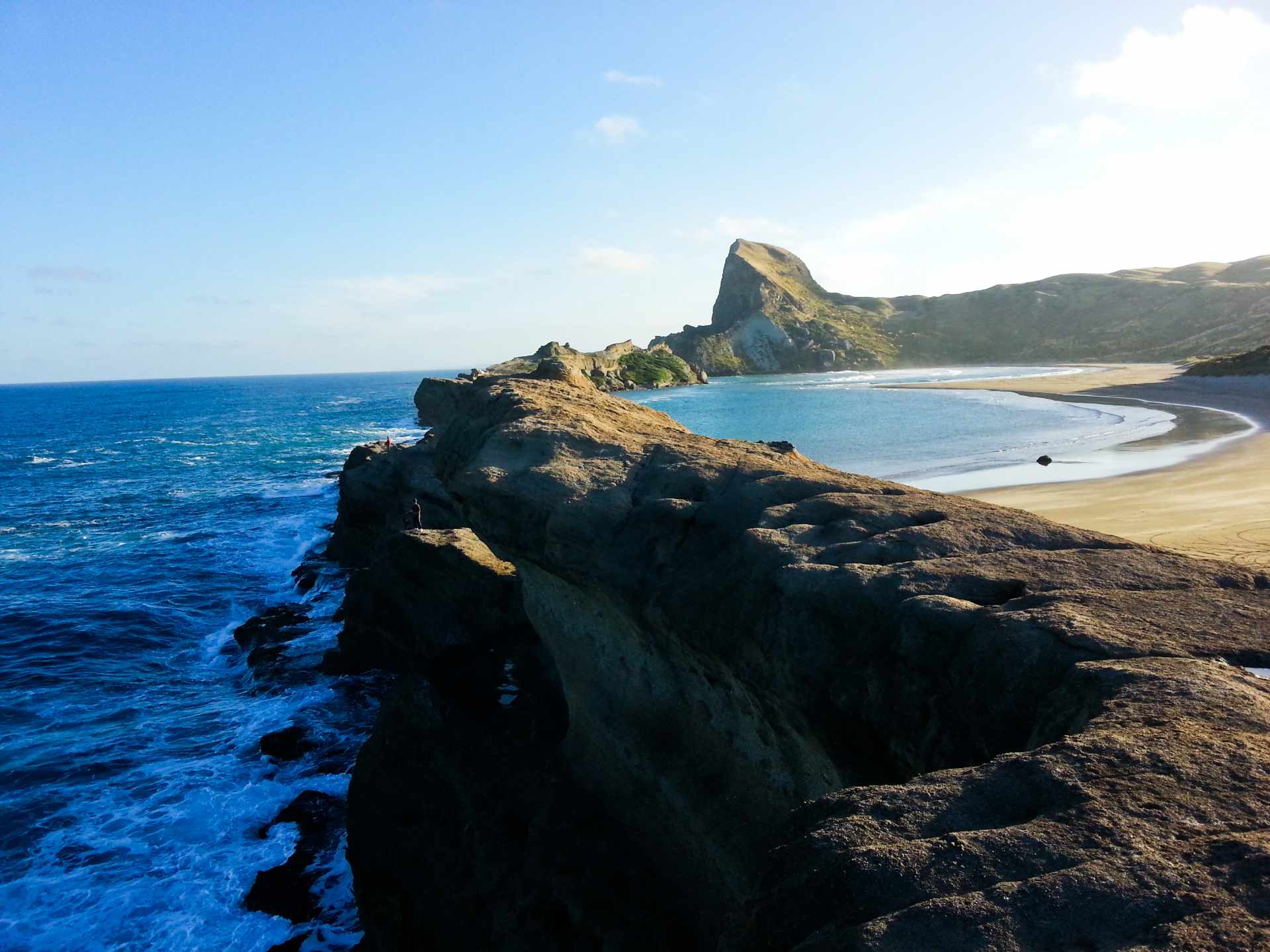A quiet beginning to a long journey
第一章:静かな旅の始まり
Table of Contents
The air in Auckland was different. We stepped foot at this land on March 7, 2014, arriving with everything we owned zipped into two backpacks and a borrowed sense of direction. We brought two thousand NZ dollar each to start a new journey in the new country.
It wasn’t just the wind, though the wind was new. It wasn’t the sun either, though it rose earlier than my body expected. It was space — quiet, generous space — between buildings, between people, between thoughts.
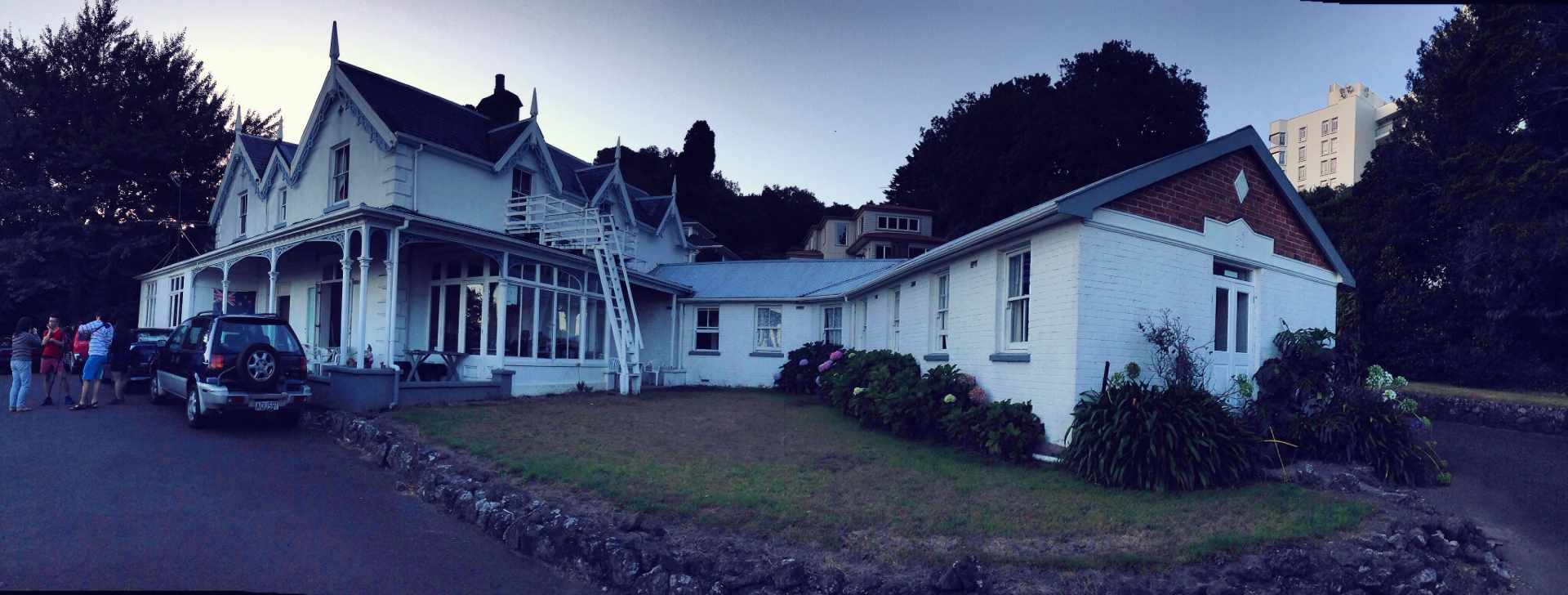
The shuttle took about 45 mins (from Auckland International Airport) before dropping us off at Yaping House, a BBH-style hostel tucked away in one of those tree-lined streets where time feels like it moves slower. We stayed for a week, not because we had to — but because we needed to learn how to be here.
🌅 Settling In, Gently
Earlier in the next morning, we walked down the road to Kiwibank along the Dominion Road, to sort out our account.
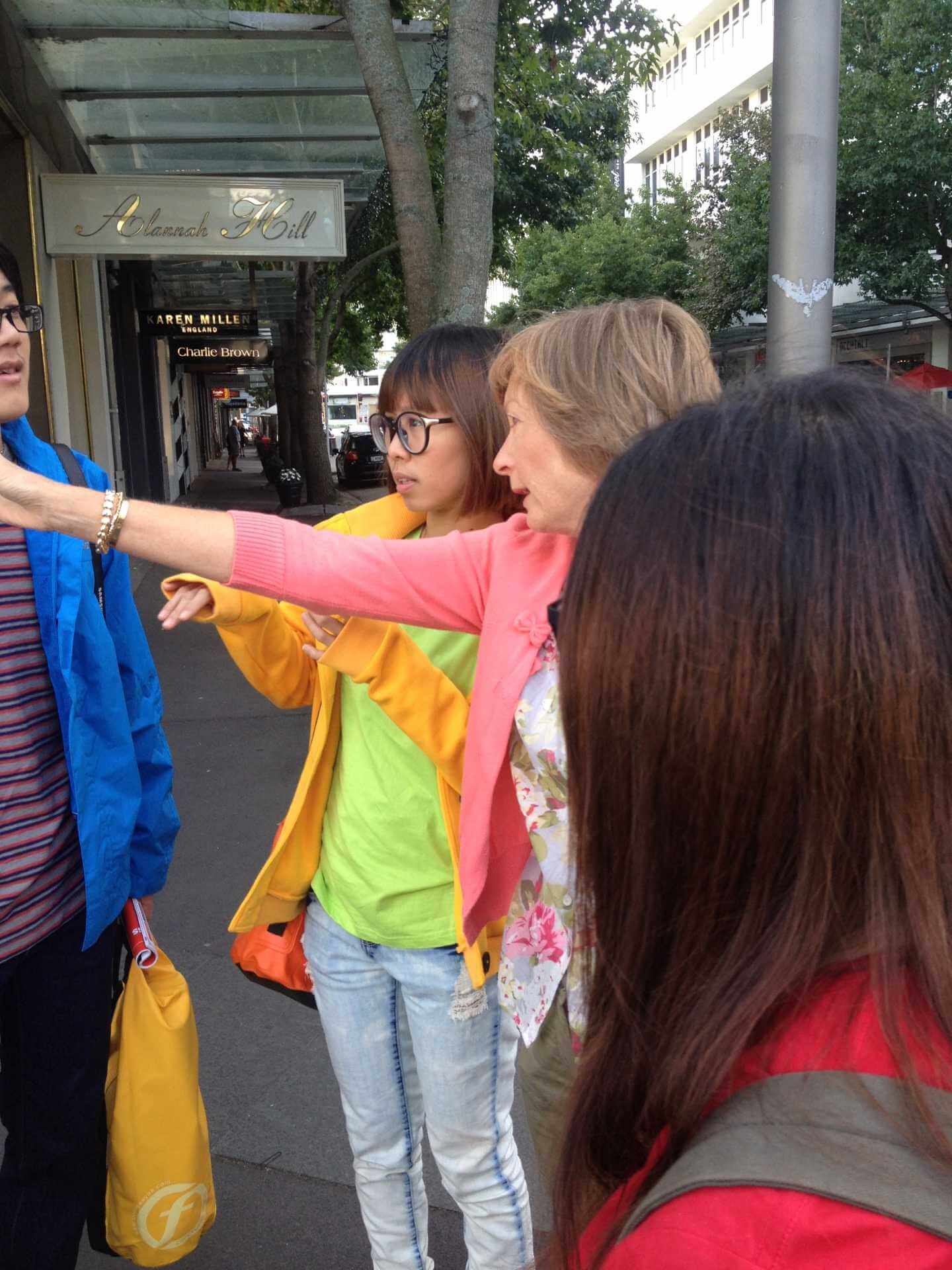
We stood frozen at a crosswalk, visibly confused, until a kind elderly woman with silver hair and kindness in her voice pointed us in the right direction. “That way, love,” she said. We bowed in awkward gratitude. She smiled. We were surprised by the kindness of the people in busy city like Auckland.
That was the reason we felt for this lovely country, it all started in Auckland, everyone is kind and lovely.
🍳 Our Little Routine
We learned to cook in a shared kitchen with uneven burners and mismatched pans. The smell of curry met the sound of Japanese pop music from the hallway. A traveler from Germany taught us how to cook scrambled eggs “without overthinking it.” Someone else burned rice and laughed about it like a poem, and we always cook the same dish, soy sauce chicken.
We were strangers, but not for long.
We went grocery shopping together, walked the city’s soft hills, and watched the wind play with the top of the Sky Tower. Auckland wasn’t loud, but it had presence. A big small city — just like they said.
🚗 A New Set of Keys, A Broken Screen – Mount Eden
We climbed up to Mount Eden before dawn, it was a remarkable overview of Auckland from here just in time to watch the sun melt the horizon into gold. We sat there quietly, not knowing how to put the moment into words.
As the twilight settles over Auckland City, this view from Mount Eden captures the city in a quiet, glowing moment. The Sky Tower stands proudly on the right, piercing the dusk sky like a sentinel, while the Auckland Harbour Bridge stretches across the Waitematā Harbour, connecting a sea of twinkling suburban lights. The city pulses softly below—its mixture of modern high-rises and historic buildings glowing in warm amber tones. From this height, the bustling energy of the day melts into a calm evening hush, offering a perfect snapshot of Aotearoa’s largest city winding down with quiet grace.
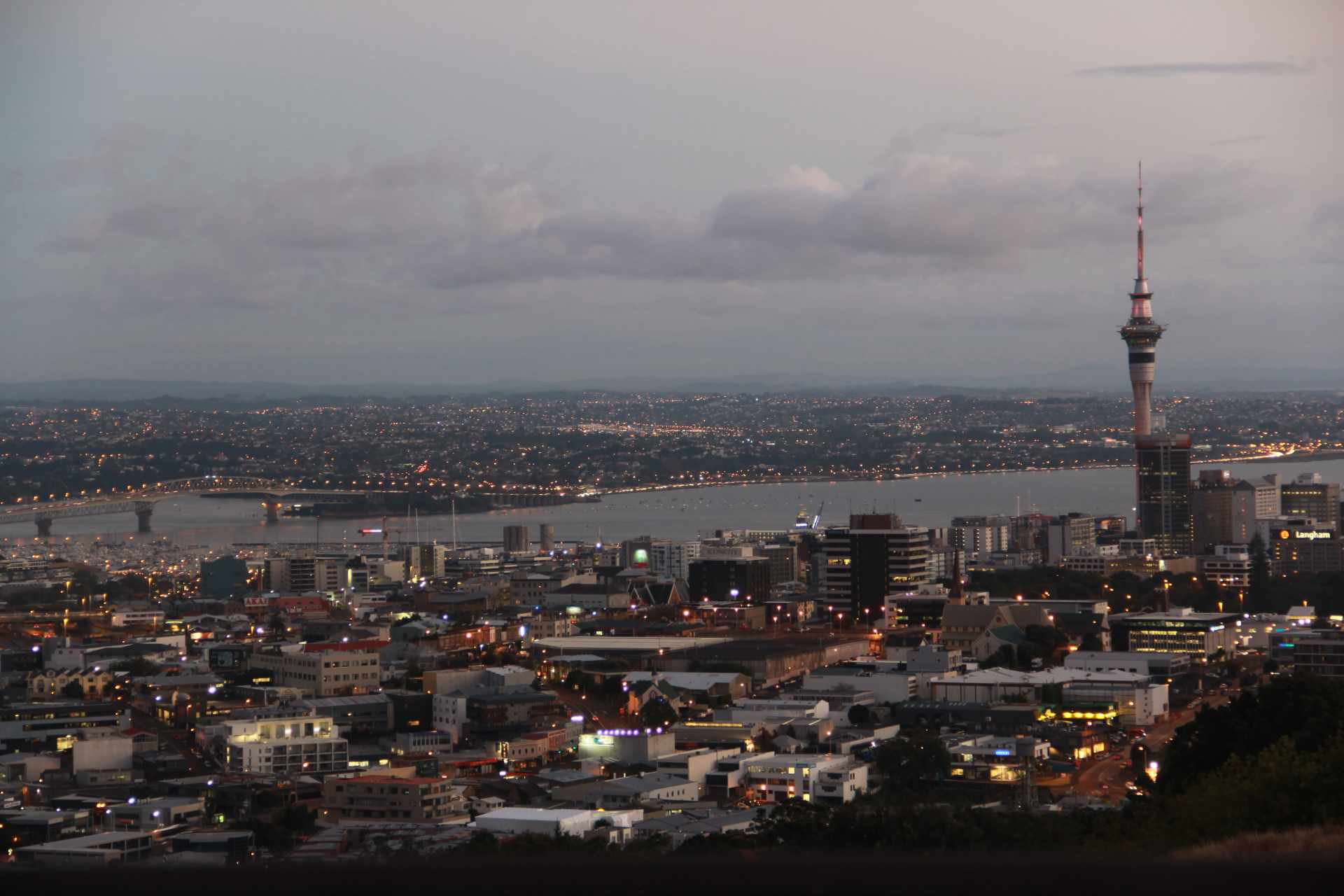
That same morning, my girlfriend’s iPhone screen cracked on its own — no drops, no falls, just a silent shatter. We blamed the cold air, even though it wasn’t really that cold. We shipped it back home under warranty. She only complained about the shipping cost, it costed us 70 dollars to ship from Auckland back to home.
At night, we walked on the street of Auckland. Night walking in Auckland is a serene yet vibrant experience. As the sun slips below the horizon, the city transforms—soft golden lights reflect off glass buildings, and the air carries a gentle saltiness from the harbour. The streets hum with quiet energy, not chaotic, but alive. You’ll pass cozy cafés still buzzing with late conversations, glowing storefronts, and the distant sound of buskers playing under lamplight. The Sky Tower above flickers in shifting colours, a glowing compass for those wandering below. There’s something comforting in the rhythm of footsteps echoing along clean pavements, as if the city invites you to slow down, breathe in the cool night air, and simply wander without rush.
We bought a car later of the week. Not a new one, but it was ours. It was freedom in the form of four wheels and a trunk that wouldn’t quite close. We named it something silly, but it was ready to fetch us to new journey. We waived our hands to Auckland and set foot to the South.
🍇 The Road to Martinborough
Opportunity, we thought, lived south — in Martinborough, a sleepy town of just over a thousand people. We’d heard there was vineyard work waiting, and the idea of picking grapes under an open sky felt… right.
We visited Napier for a night before we continued our journey to the South. A peaceful night, and a windy town. It wasnt long before we came back later.
Martinborough welcomed us, but the jobs didn’t.
We waited a week. Then worked a single day. The contractor’s promises scattered like autumn leaves — vague, delayed, “maybe next week.” It felt like we had been summoned not for our skills, but to wait in their orbit — like warm bodies stored until needed.
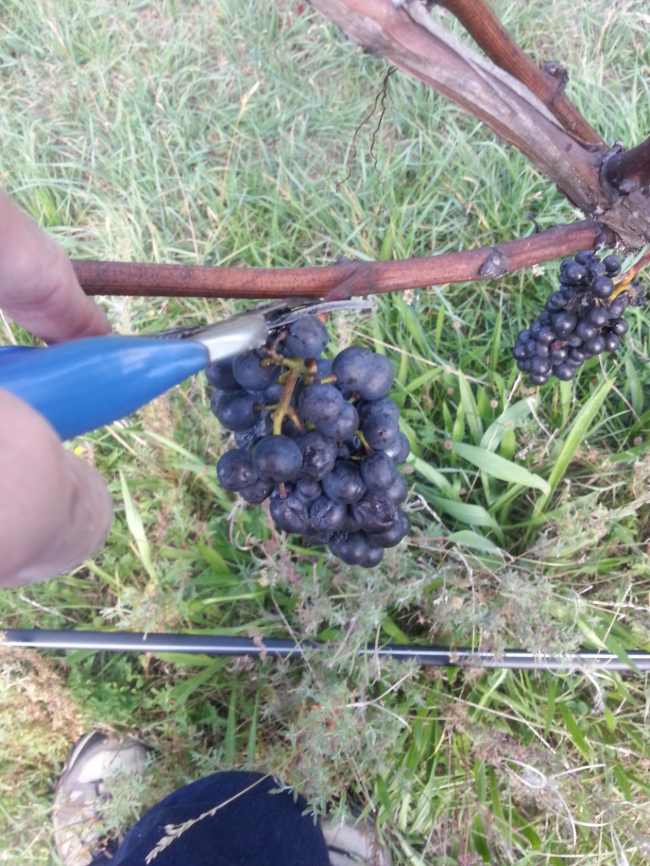
The agricultural jobs in New Zealand are mostly paid by items, means the faster we work, the more we get paid. For grape, it was counted by bucket. So we did not actually get paid much for this day since it is our very first day after all. Still, even in the stillness, we grew, and the time spent there wasn’t bad either.
🐚 Sea, Stars, and Something Else
One of the locals brought us to Cape Palliser, where the coast folded into rugged cliffs and the water shimmered with something ancient. We picked abalone (pāua) off rocks with our bare hands and measured it, and returned to the same place. It felt like touching something wild and real. It was real expensive back in our country though, and it was free here as long as it grew up to certain size. Sustainability matter!
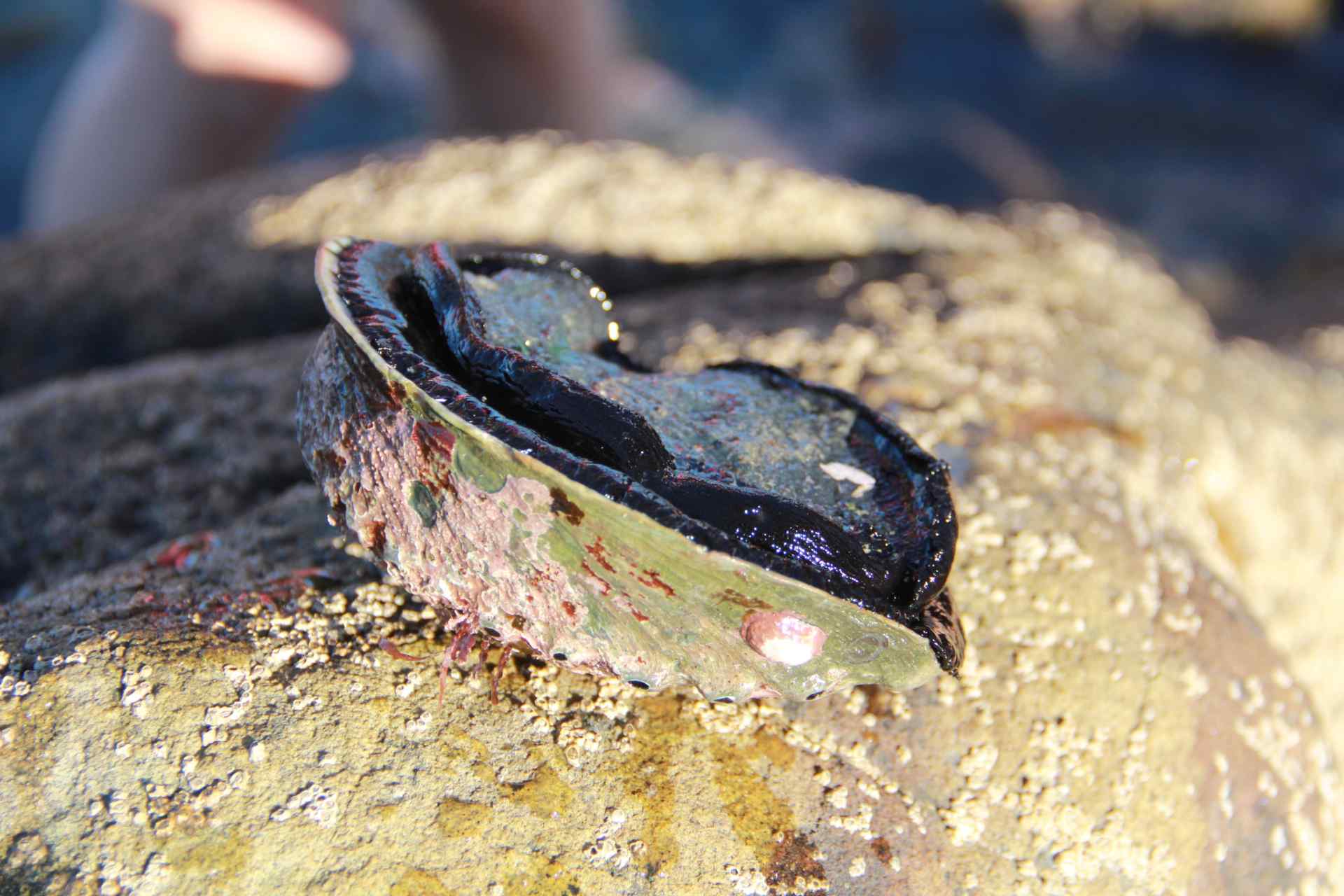
As I held the pāua (abalone) in my hand, the moment felt surreal. I could see its muscular foot gently moving beneath the shell—it was alive, and I felt an odd mix of fascination and discomfort. A strange thought crossed my mind: What if it suddenly crawled out of its shell? Yikes! That idea alone gave me a little shiver. The water was icy cold—far colder than anything back in our home country—and the wind bit at our faces. But none of that could dampen our excitement. The thrill of the adventure kept us going, even as our fingers numbed in the frigid sea.
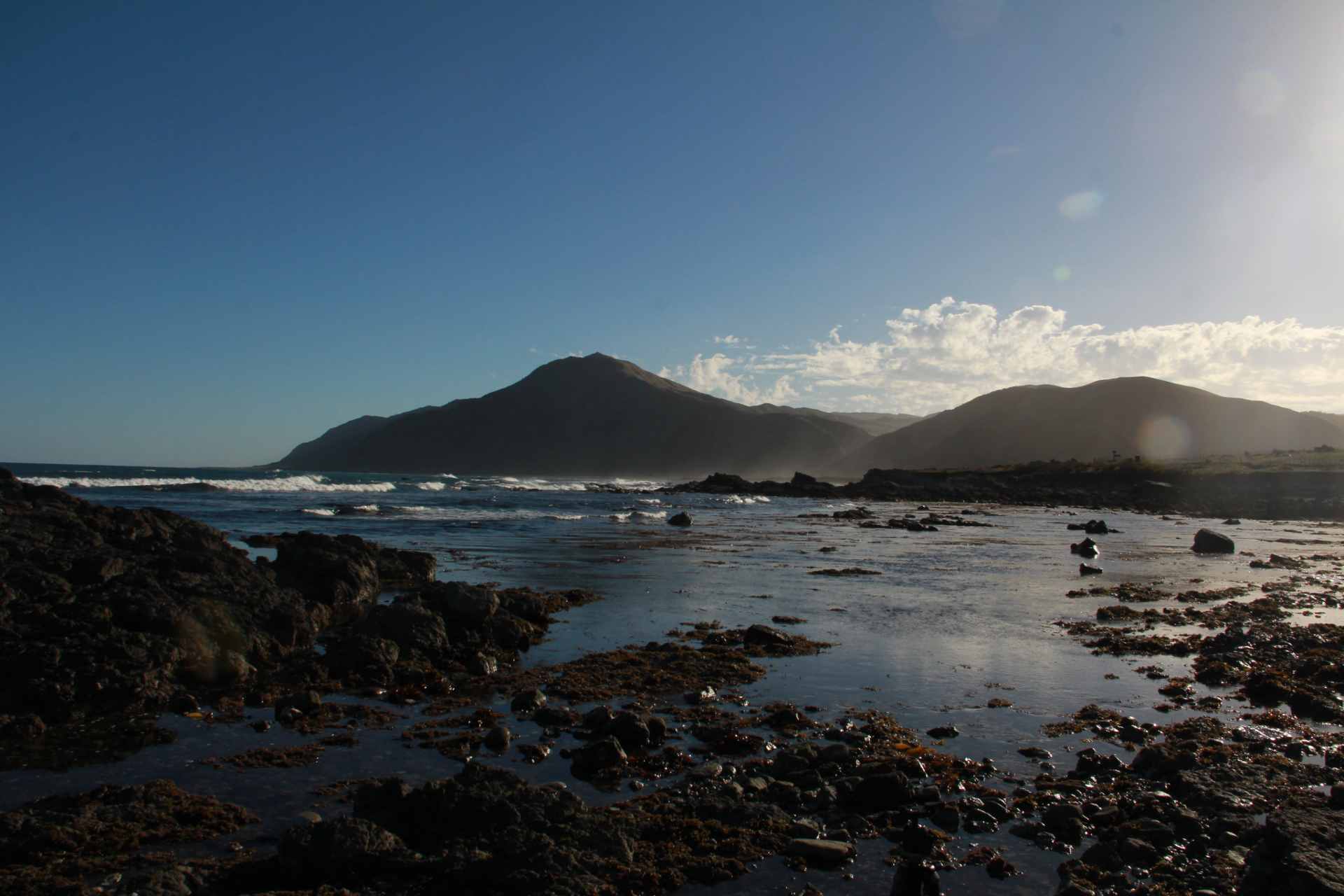
I stood where the land frays into stone and tide, and it felt like the end of something — or maybe the beginning. The waves at Cape Palliser weren’t loud, but they spoke. In long breaths and crashing pauses. The mountain in the distance looked like it had watched over this coastline for centuries, unmoved and unblinking.
There were no crowds, no fences, no signs telling me where to look — just raw, open space.
The seaweed shimmered like forgotten relics under shallow pools. The air smelled of salt and ancient stories. I remember thinking: how can a place feel both empty and full?
This wasn’t a postcard moment. It was a memory quietly carving itself into me.
In New Zealand, picking abalone (pāua) is free—but strictly regulated. The most common type, blackfoot pāua, must be at least 12.5 cm long. A general rule of thumb is that it should be larger than an adult’s palm. Since smaller ones are usually found near the shore, locals often dive into deeper waters to collect legal-sized pāua. Harvesting must be done by free diving only—scuba gear is not allowed—and the daily limit is 10 pāua per person. Each pāua must be measured immediately underwater using your hand or a measuring tool. If it’s too small, it must be returned right away to its original spot to avoid harm and legal trouble.
The enforcement team takes pāua regulations very seriously. If visitors collect more than the legal limit of 10 pāua, or pick undersized ones, authorities may impound their vehicle for several days. In a remote area like Cape Palliser, that can be a real problem—there’s no Uber, the nearest village is Ngāwi, 5 km away, and we had driven 55 km from Martinborough. Without a car, getting home from there would be a nightmare. That’s why I fully support the strict enforcement of these rules—it helps ensure pāua populations remain sustainable for future generations.
At night, we were back to Martinborough played cards and shared cheap wine with new friends from Hong Kong and Taiwan. We didn’t always share the same language, but laughter was fluent. Those nights were soft — filled with quiet stars and conversations that made us feel like the world was somehow smaller and bigger at the same time.
One pleasant surprise was how impressed I was by the Martinborough. With just around a thousand residents and only a handful of shops, it still had a clean, well-maintained public toilet—complete with stocked toilet paper! Even more impressive, the tap water was safe to drink, even from the public washroom sink—a testament to how seriously New Zealand takes its public services, even in remote places.
☀️ A Day Trip to Castlepoint — Where the Sky Meets the Sea
We didn’t plan Castlepoint. It was a detour whispered into our ears by fellow travelers over late-night BBH dinners and instant noodles. “It’s like stepping into a postcard,” someone said. And so we went — curious, craving salt air and something unfiltered before diving into the neon powder chaos of the Color Run in Wellington.
The drive itself was a slow unraveling. Fields turned to cliffs, cliffs to rolling hills, and the road began to hum with that familiar New Zealand charm — a melody of sheep, breeze, and sky. Our first real pause was under a massive weeping willow by the lake of Henley Lake Park. Its golden strands spilled toward the water like a curtain from a stage long abandoned. We sat under it for a while, barely speaking, just watching ducks cut trails across glassy reflections. In that moment, the world felt incredibly soft.
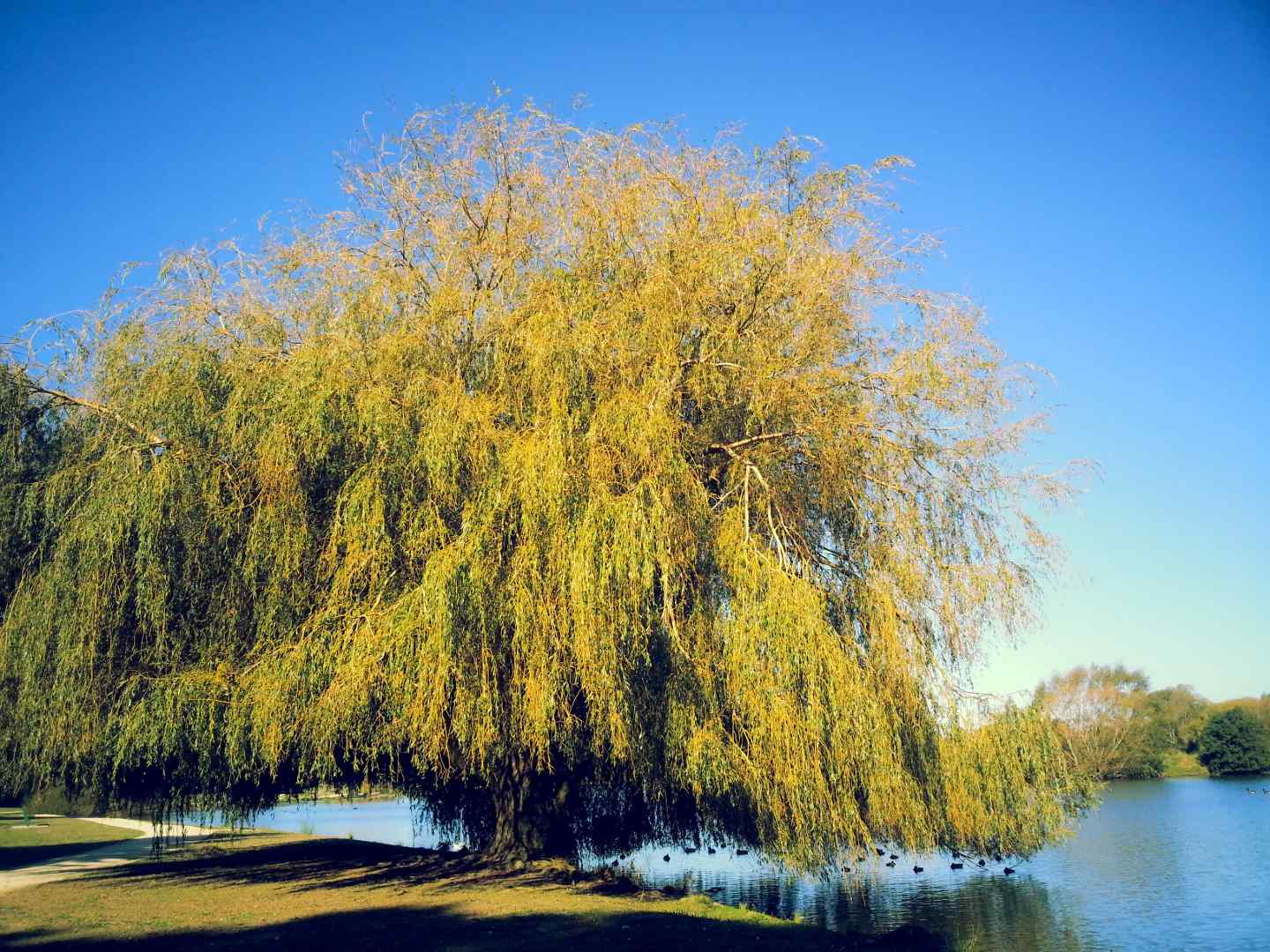
Then came the main act — Castlepoint.
As we climbed the ragged path that hugs the coastline, the lighthouse revealed itself like a shy sentinel. White, stark, and brave. The wind howled gently around us, and every few steps, we had to stop — not from exhaustion, but from awe. Below, the waves crashed rhythmically against the rocks like they’d been rehearsing for centuries. Castle Rock jutted out, proud and timeless, watching over the curved bay with stoic grace.
From the top, everything was infinite. The Pacific shimmered as if it had swallowed a thousand stars, and the horizon stretched with that clean blue that only Aotearoa knows how to paint. We stayed long after the others had gone, waiting for the sun to dip, for the shadows to grow tall, and for silence to complete its lullaby.
It was hard to leave.
But we did, with sand still in our shoes, smiles still in our eyes, and a sense of peace so tangible, I’m sure we carried it with us all the way to Wellington.
🌿 Epilogue: A Quiet Goodbye to Chapter One
We didn’t find long-term work in Martinborough, Auckland, but we found something else — kindness, slowness, perspective, and people who made the pause worthwhile.
It was a soft start to a loud journey, and we rewarded ourselves some stunning scenery along our ways.
And maybe, in some stories, that’s the only way to begin, and to continue to the next chapter of our journey.
